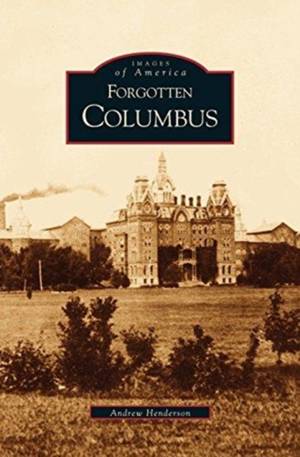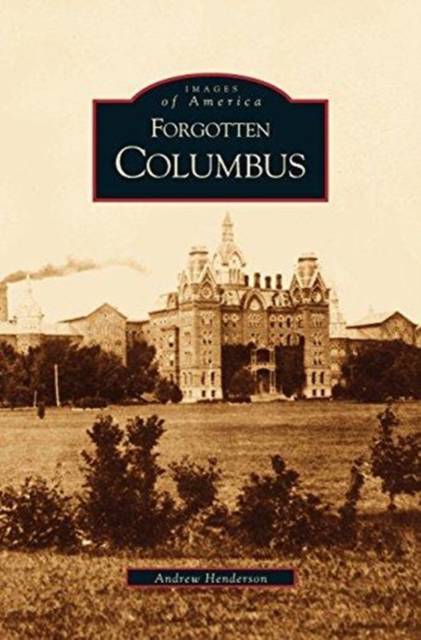
- Afhalen na 1 uur in een winkel met voorraad
- Gratis thuislevering in België vanaf € 30
- Ruim aanbod met 7 miljoen producten
- Afhalen na 1 uur in een winkel met voorraad
- Gratis thuislevering in België vanaf € 30
- Ruim aanbod met 7 miljoen producten
Zoeken
Omschrijving
Columbus, Ohio, "an odd amalgam of the planned and the spontaneous," was founded on the banks of the Scioto River in 1812 as the new seat of this young state's government. Located in the wilderness of central Ohio, nearly equidistant to the "real" cities of Cincinnati, Cleveland, and Toledo, Columbus experienced 100 years of unprecedented growth from which it would emerge the state's capital in more than title alone. Today, it is Ohio's largest city. Forgotten Columbus features many people, places, and events that defined this burgeoning 19th and early-20th century city. And above all, the places--from the Old Ohio Penitentiary, to Fort Hayes, to the recently revitalized Brewery District--which either no longer exist, or have changed so dramatically over the years that they are barely recognizable. Residents and visitors alike will find this a fascinating, insightful, and at times surprising look back at a forgotten era in Columbus's history.
Specificaties
Betrokkenen
- Auteur(s):
- Uitgeverij:
Inhoud
- Aantal bladzijden:
- 130
- Taal:
- Engels
Eigenschappen
- Productcode (EAN):
- 9781531613303
- Verschijningsdatum:
- 22/04/2002
- Uitvoering:
- Hardcover
- Formaat:
- Genaaid
- Afmetingen:
- 170 mm x 244 mm
- Gewicht:
- 412 g

Alleen bij Standaard Boekhandel
+ 88 punten op je klantenkaart van Standaard Boekhandel
Beoordelingen
We publiceren alleen reviews die voldoen aan de voorwaarden voor reviews. Bekijk onze voorwaarden voor reviews.








